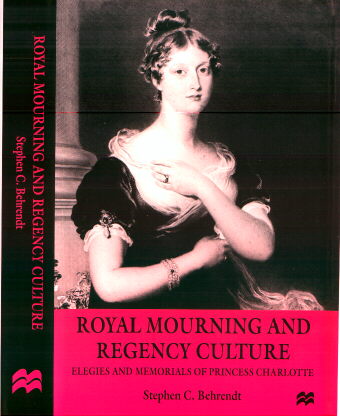

The death in childbirth in 1817 of Princess Charlotte Augusta of Wales, daughter of the Prince Regent and heiress to the throne, inspired national mourning on an unprecedented scale. The widespread response in British Regency culture to the loss of a popular princess demonstrated how her life and death were invested with the qualities of myth. Those who memorialized her appropriated her experiences by producing consumer commodities for an emerging mass audience. Then as now, in their powerful reaction to such a sudden and unforeseen death, the public can be seen to be both claiming the figure of its own culture and simultaneously dignifying its own status.
The book explores print materials like poetry, sermons, and fiction, as well as extra-literary materials like visual art, ceramics, metalwork, and textiles, to reveal how artists and artisans contributed to a myth of domestic virtue and benevolence centered in the princess, who was widely regarded as an attractive alternative to her unpopular father and his circle.
Macmillan Publishers, London; St. Martin's, New York, 1997